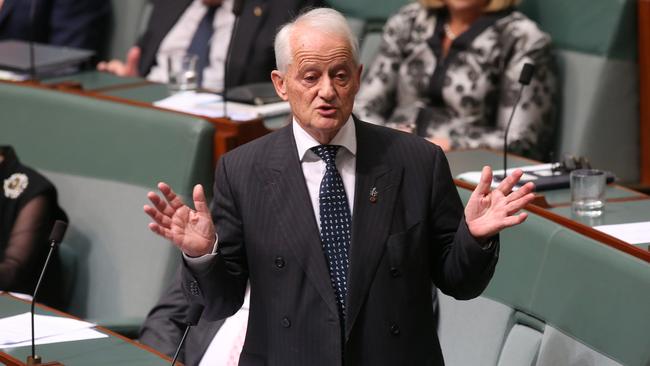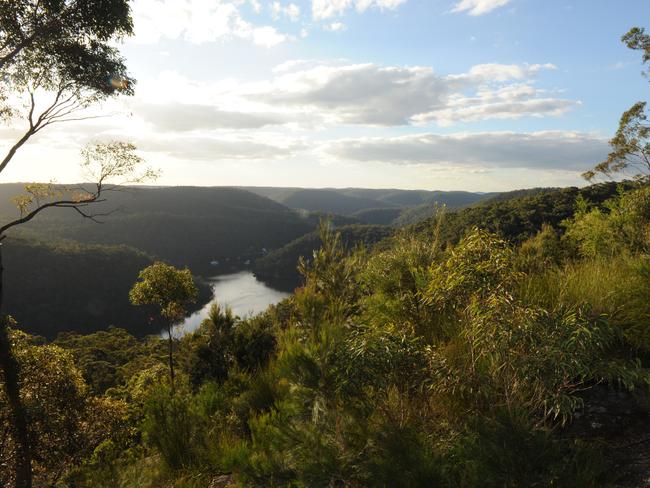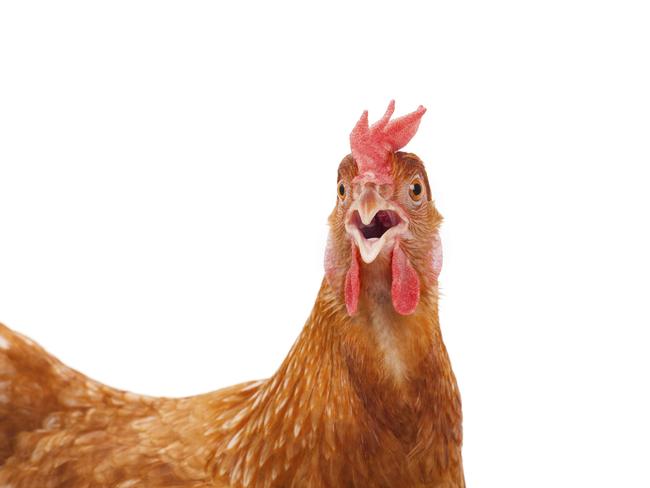Call to bring fox baiting back as Sydney chicken attacks grow
FOXES are invading Sydney suburbs in midnight raids, leaving bloody fowl yards. The wild animals are finding their next meal in the backyards of houses as more people return to keeping chooks.
URBAN foxes are killing pet chickens across the Sydney basin. A reduction in fox baiting in Sydney’s northern districts has given the ‘pests’ time to multiply and spread.
Foxes have been spotted in Meadowbank, North Epping, Carlingford, Dundas Valley, North Rocks, Constitution Hill, East Ryde, Macquarie Park, Beecroft, Mt Colah, Cherrybrook, Thornleigh, Normanhurst, Hornsby Heights and Galston. And as many as four foxes have been spotted in the one location at the same time.
All fox baiting at Berowra Valley National Park, located north of Hornsby, was stopped. This has given the ‘pest’ time to flourish.
The national park is a control site to compare with areas where fox baiting continues.
Hornsby Shire Council Mayor Philip Ruddock wants to put a stop to that. He has called on National Parks and Wildlife Service to reassess its position so the council can resume using the bait in adjacent bushland reserves.

This is in stark contrast to neighbouring council, Parramatta, who teamed up with land managers to eradicate foxes following the State Government declaring foxes a pest under the Local Land Services Act back in 2014.
“While we understand the need for a control site, we believe the lack of fox control in Berowra Valley National Park for many years has allowed the fox population to increase significantly,” Cr Ruddock said.
“Foxes are not only a threat to backyard chickens and other domestic animals, they also cause significant harm to our local ecosystem by attacking native animals.”
Hornsby was the first Sydney council to begin fox controls with baiting back in 1998 but put a stop to them so the National Parks and Wildlife Service control site statistics weren’t skewed.
“It would be ineffective for us to carry out fox baiting on our reserves without co-operation from National Parks and Wildlife Service,” Cr Ruddock said.
Their stealthy moves allow them to sneak into backyards and nab easy prey, free-range chickens from their night slumber, leaving shocked owners to find little evidence their feathery friends ever existed by morn.

With fox baiting banned from areas like the national park, the reddish-brown bushy-tailed creatures are wreaking havoc in built up areas of Sydney.
FoxScan, an online data tool has documented eight attacks in the northern districts since August.
The worst was in West Ryde where six chickens were killed and another mauled.
One North Epping resident had three chickens taken a month ago. He’s now taken steps to secure the coop at night.
Parramatta Council said they’d removed 10 foxes from its reserves in 2017 as part of its fox control program through the Sydney North Vertebrate Pest Committee.
The program, which runs from August to December, ensures the protection and recovery of native animals by reducing fox numbers and involves co-ordination between agencies, strict monitoring, scientific surveys on native animals and community education.

FOXSCAN STATS
February (to date) — 45 sightings, 7 did damage
January — 192 sightings Australia wide, 43 did damage
December 2017 — 144 sightings and 7 did damage
November 2017 — 139 sightings and 19 did damage
October 2017 — 164 sightings and 36 did damage
September 2017 — 110 sightings and 15 did damage
August 2017 — 173 sightings and 25 did damage
July 2017 — 562 sightings and 16 did damage
June 2017 — 411 sightings and 19 did damage
May 2017 — 255 sightings and 20 did damage
April 2017 — 259 sightings and 13 did damage
March 2017 — 302 sightings and 11 did damage
CASUALTIES
January 30 — Three chickens killed in Gladesville
January 4 — Five chickens killed in West Ryde
December 4 — Six chickens killed and one mauled in West Ryde
October 15 — Native wildlife killed in Chatswood West
October 13 — One chicken killed and four mauled in Riverview
August 20 — Two chickens killed in Pymble West
July 2 — Three chickens killed in Oatlands
March 3 — Three chickens killed in Denistone East
HISTORY
■ Introduced into Australia in 1871 and have spread to more than 75 per cent of the country
■ Opportunistic predator of medium and small birds and reptiles. They also have a taste for rubbish, fruits, vegetables, eggs and insects when available.
■ Litters range from one to 12 cubs between June and October
■ Foxes can live up to nine years
■ They have few natural predators in Australia
■ Current estimates indicate there are more than 6.2 million foxes in Australia
■ Foxes are in Adelaide, Brisbane, Canberra, Melbourne, Perth and Sydney


